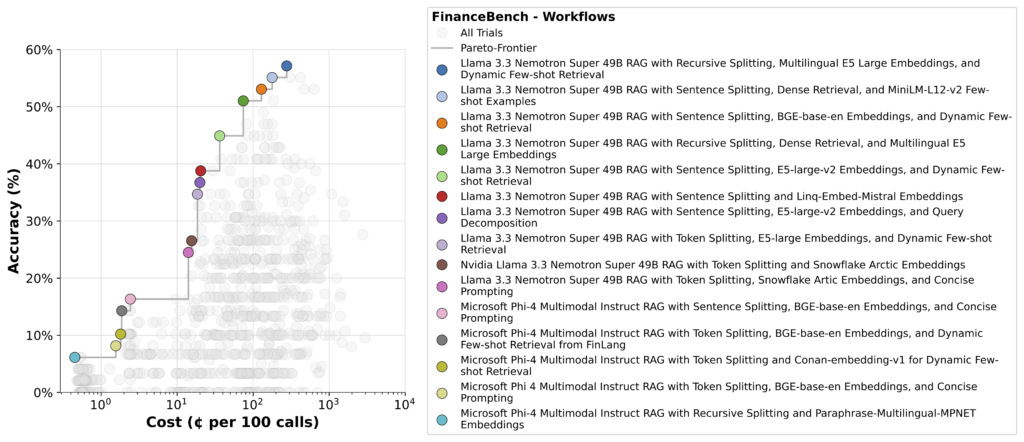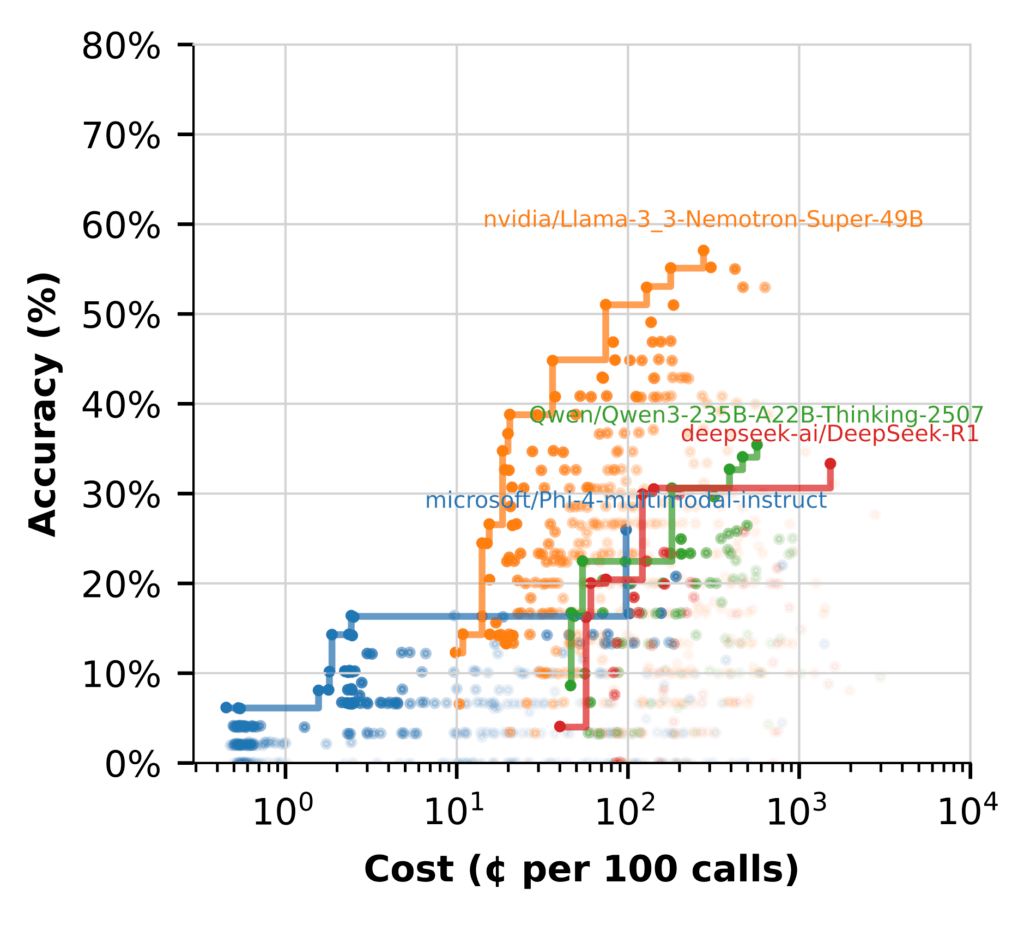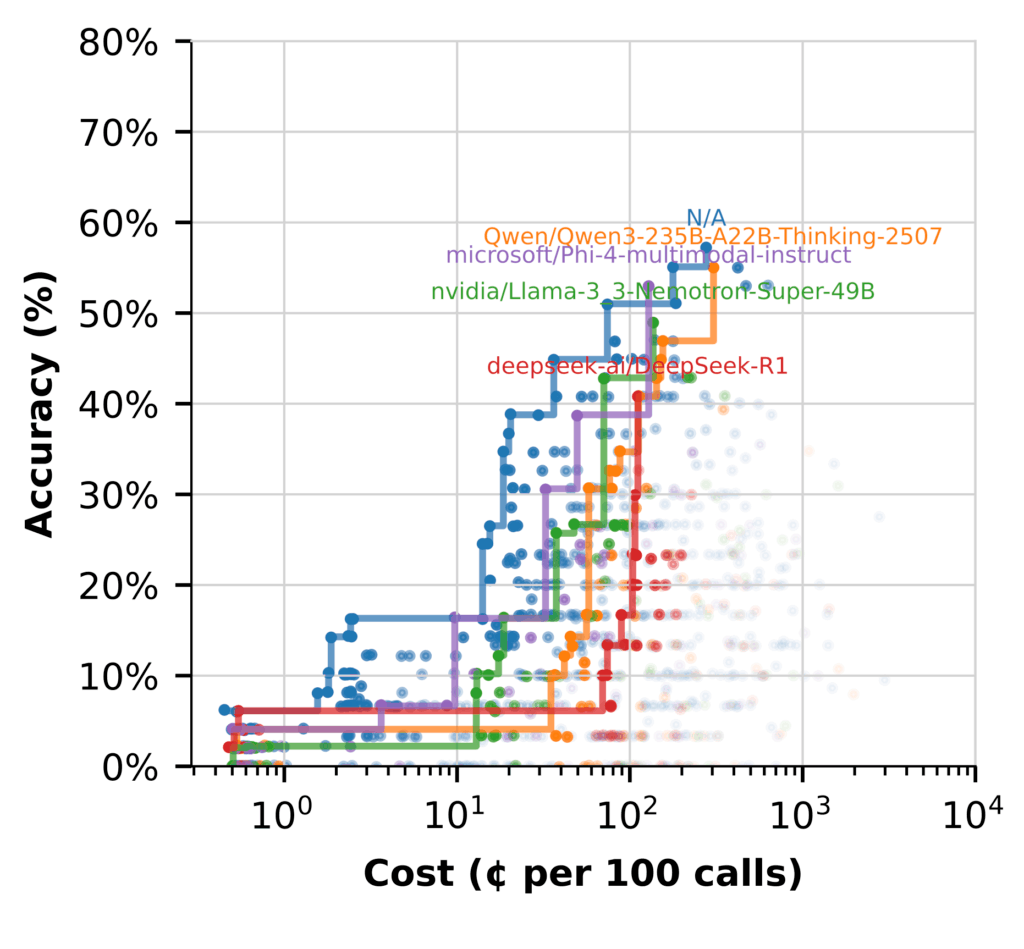Going places: Muscle-inspired mechanism powers tiny autonomous insect robots
Why We Need to Treat AI Agents More Like Human Employees
AI agents are moving fast—from “experimental sidekicks” to full-fledged members of the enterprise workforce. They’re writing code, creating reports, handling transactions, and even making decisions without waiting for a human to click approve. That autonomy is what makes them useful—and […]
The post Why We Need to Treat AI Agents More Like Human Employees appeared first on TechSpective.
ABB and Cosmic use AI-powered robots to rebuild homes in Los Angeles area
Robots learn human-like movement adjustments to prevent object slipping
Tiny “talking” robots form shape-shifting swarms that heal themselves
Robots gain new function: Algorithm automatically recognizes sensors and their mathematical modeling
Tiny robots use sound to self-organize into intelligent groups
Real-Time KPI Dashboards: Lessons from the Top 10 Car Makers
Today’s humanoid robots look remarkable, but there’s a design flaw holding them back
Balancing accuracy, cost, and real‑world performance with NVIDIA Nemotron models
Every week, new models are released, along with dozens of benchmarks. But what does that mean for a practitioner deciding which model to use? How should they approach assessing the quality of a newly released model? And how do benchmarked capabilities like reasoning translate into real-world value?
In this post, we’ll evaluate the newly released NVIDIA Llama Nemotron Super 49B 1.5 model. We use syftr, our generative AI workflow exploration and evaluation framework, to ground the analysis in a real business problem and explore the tradeoffs of a multi-objective analysis.
After examining more than a thousand workflows, we offer actionable guidance on the use cases where the model shines.
The number of parameters count, but they’re not everything
It should be no surprise that parameter count drives much of the cost of serving LLMs. Weights need to be loaded into memory, and key-value (KV) matrices cached. Bigger models typically perform better — frontier models are almost always massive. GPU advancements were foundational to AI’s rise by enabling these increasingly large models.
But scale alone doesn’t guarantee performance.
Newer generations of models often outperform their larger predecessors, even at the same parameter count. The Nemotron models from NVIDIA are a good example. The models build on existing open models, , pruning unnecessary parameters, and distilling new capabilities.
That means a smaller Nemotron model can often outperform its larger predecessor across multiple dimensions: faster inference, lower memory use, and stronger reasoning.
We wanted to quantify those tradeoffs — especially against some of the largest models in the current generation.
How much more accurate? How much more efficient? So, we loaded them onto our cluster and got to work.
How we assessed accuracy and cost
Step 1: Identify the problem
With models in hand, we needed a real-world challenge. One that tests reasoning, comprehension, and performance inside an agentic AI flow.
Picture a junior financial analyst trying to ramp up on a company. They should be able to answer questions like: “Does Boeing have an improving gross margin profile as of FY2022?”
But they also need to explain the relevance of that metric: “If gross margin is not a useful metric, explain why.”
To test our models, we’ll assign it the task of synthesizing data delivered through an agentic AI flow and then measure their ability to efficiently deliver an accurate answer.
To answer both types of questions correctly, the models needs to:
- Pull data from multiple financial documents (such as annual and quarterly reports)
- Compare and interpret figures across time periods
- Synthesize an explanation grounded in context
FinanceBench benchmark is designed for exactly this type of task. It pairs filings with expert-validated Q&A, making it a strong proxy for real enterprise workflows. That’s the testbed we used.
Step 2: Models to workflows
To test in a context like this, you need to build and understand the full workflow — not just the prompt — so you can feed the right context into the model.
And you have to do this every time you evaluate a new model–workflow pair.
With syftr, we’re able to run hundreds of workflows across different models, quickly surfacing tradeoffs. The result is a set of Pareto-optimal flows like the one shown below.

In the lower left, you’ll see simple pipelines using another model as the synthesizing LLM. These are inexpensive to run, but their accuracy is poor.
In the upper right are the most accurate — but more expensive since these typically rely on agentic strategies that break down the question, make multiple LLM calls, and analyze each chunk independently. This is why reasoning requires efficient computing and optimizations to keep inference costs in check.
Nemotron shows up strongly here, holding its own across the remaining Pareto frontier.
Step 3: Deep dive
To better understand model performance, we grouped workflows by the LLM used at each step and plotted the Pareto frontier for each.

The performance gap is clear. Most models struggle to get anywhere near Nemotron’s performance. Some have trouble generating reasonable answers without heavy context engineering. Even then, it remains less accurate and more expensive than larger models.
But when we switch to using the LLM for (Hypothetical Document Embeddings) HyDE, the story changes. (Flows marked N/A don’t include HyDE.)

Here, several models perform well, with affordability while delivering high‑accuracy flows.
Key takeaways:
- Nemotron shines in synthesis, producing high‑fidelity answers without added cost
- Using other models that excel at HyDE frees Nemotron to focus on high-value reasoning
- Hybrid flows are the most efficient setup, using each model where it performs best
Optimizing for value, not just size
When evaluating new models, success isn’t just about accuracy. It’s about finding the right balance of quality, cost, and fit for your workflow. Measuring latency, efficiency, and overall impact helps ensure you’re getting real value
NVIDIA Nemotron models are built with this in mind. They’re designed not only for power, but for practical performance that helps teams drive impact without runaway costs.
Pair that with a structured, Syftr-guided evaluation process, and you’ve got a repeatable way to stay ahead of model churn while keeping compute and budget in check.
To explore syftr further, check out the GitHub repository.
The post Balancing accuracy, cost, and real‑world performance with NVIDIA Nemotron models appeared first on DataRobot.
Simplified wrist mechanism gives robots a hand
ChatGPT-5 Released: Top Ten Takeaways
In one of the most anticipated product launches of all-time, OpenAI has released a major update to ChatGPT, which is currently used by 700 million people — each week — worldwide.
The skinny: With ChatGPT-5, OpenAI is promising a faster, easier, smarter and much more accurate experience – although many long-term users have been turned-off by ChatGPT’s ‘new personality,’ which they find cold and distant.
Either way, as anticipated, ChatGPT-5’s release has dramatically altered the AI landscape.
Here are the Top Ten Takeaways:
*Expect PhD-level Intelligence: No matter what the question, ChatGPT-5 is trained to respond to you on the PhD level. Observes lead writer Angela Yang: “The company said the new model, GPT-5, is its smartest and fastest to date with wide-ranging improvements to ChatGPT’s skills in areas like coding, writing and taking on complex actions.”
*Stick With GPT-5 Thinking for Consistency for Now: ChatGPT’s overhaul comes with a new router, which is programmed to automatically select the best AI engine for your query. It selects a weaker AI engine for your easy questions, for example and a powerful AI engine for tougher questions.
The problem: The router is less-than-perfect, often routing tough questions to a weak AI engine, resulting in disappointing responses. Consequently, the best bet for answers with consistent quality is to use GPT-5 Thinking – even though this AI engine takes longer to respond.
*Feel Free to Interrupt ChatGPT for a Quick Answer: This feature is one of the workarounds when using the slower-responding – but smarter – GPT-5 Thinking. You can click the “Interrupt for Quick Answer” link inside GPT-5 Thinking any time you’re using that AI engine and believe a weaker AI engine can deliver a good enough response.
*Look for Faster Responses: Early adopters report that using ChatGPT-5 is faster overall. Observes Nick Turley, head of product, ChatGPT: “You really get the best of both worlds. You have it reason when it needs to reason, but you don’t have to wait as long.”
*Expect Fewer Hallucinations/Made-up Facts: Early adopters also report ChatGPT-5 is less prone to make-up facts. In fact, sometimes ChatGPT-5 will simply admit it does not have an answer for you. Othertimes, it will ask you follow-up questions to try and clarify your question.
*Even at the Free Level, Get Access to the Most Powerful Version: With ChatGPT-5, even free users get access – albeit limited – to the most powerful AI engine available from its maker, OpenAI. Previously, free users were only given access to weaker AI engines.
*Bank-on Using Advanced Voice Mode for Free, if You Prefer: If you like interacting with ChatGPT using just your voice, you can do so even at the free level now. Plus, those who currently use Advanced Voice with their paid subscription should expect higher usage limits.
*Gear-up for a New ChatGPT Personality: Many early adopters report that GPT-5’s default personality is colder, terser and far less engaging. Overall: GPT-5 is not interested in being your friend. Instead, GPT-5 is optimized to bring back results, get the job done and move on. Period.
While some users prefer this default personality, others have been seriously turned-off.
Observes writer Ryan Whitwam: “On the OpenAI community forums and Reddit, long-time chatters are expressing sorrow at losing access to models like GPT-4o.
“They explain the feeling as ‘mentally devastating,’ and ‘like a buddy of mine has been replaced by a customer service representative.’ These threads are full of people pledging to end their paid subscriptions.”
*Hold-Out for ChatGPT-4o’s Return: Responding to widespread critiques that GPT-5 projects a cold, terse, standoffish personality, its maker OpenAI is promising to bring back ChatGPT-4o as an option for ChatGPT Plus users.
*Check-Out the Excellent, First-Take Video Overviews on GPT-5 Already Available: Fortunately, YouTube is awash with a number of extremely informative videos on what ChatGPT-5 looks like in action. Here are some choice picks:
–Introducing GPT-5: This is the one hour-plus video that ChatGPT’s maker released with the official launch of ChatGPT-5. It’s a great place to start for a detailed overview of all the new features -– albeit from the ‘proud parent’ perspective of ChatGPT-5’s creator.
–7 Big Changes in GPT-5 (With Live Demos): Matt Maher offers an excellent, concise and balanced look at how ChatGPT-5 performs in this 22-minute video. Maher’s take is mostly positive -– but he also includes some reservations about some downsides.
–What People Love and Hate About GPT-5: This 8-minute, AI Daily Brief (AIDB) video offers an unvarnished critique of the new GPT-5. People are jazzed about the new release feel GPT-5’s ability to pick the right AI engine for every question is, on balance, the right move, according to AIDB.
And they also report lightning-quick responses and expect GPT-5’s true power will only be revealed over time.
On the downside: ChatGPT-5’s one-size-fits-all, auto AI engine picker too often picks an engine that is weaker than what’s actually needed, according to AIDB.
–GPT-5 in Microsoft 365 Copilot: Turns-out Microsoft wasted no time embedding GPT-5 as one of the AI engines you can use with its own chatbot, Microsoft Copilot. Click here for the 53-second video.
–10 Things that GPT-5 Changes: The AI Daily Brief offers an extremely thoughtful, 19-minute analysis of how things change long-term now that GPT-5 is live.
–AI Insiders Breakdown the GPT-5 Update: Peter Diamandis and friends – some of the top minds in AI – offer an extremely in-depth examination of the GPT-5 release in this nearly two-hour video.

Share a Link: Please consider sharing a link to https://RobotWritersAI.com from your blog, social media post, publication or emails. More links leading to RobotWritersAI.com helps everyone interested in AI-generated writing.
–Joe Dysart is editor of RobotWritersAI.com and a tech journalist with 20+ years experience. His work has appeared in 150+ publications, including The New York Times and the Financial Times of London.
The post ChatGPT-5 Released: Top Ten Takeaways appeared first on Robot Writers AI.

